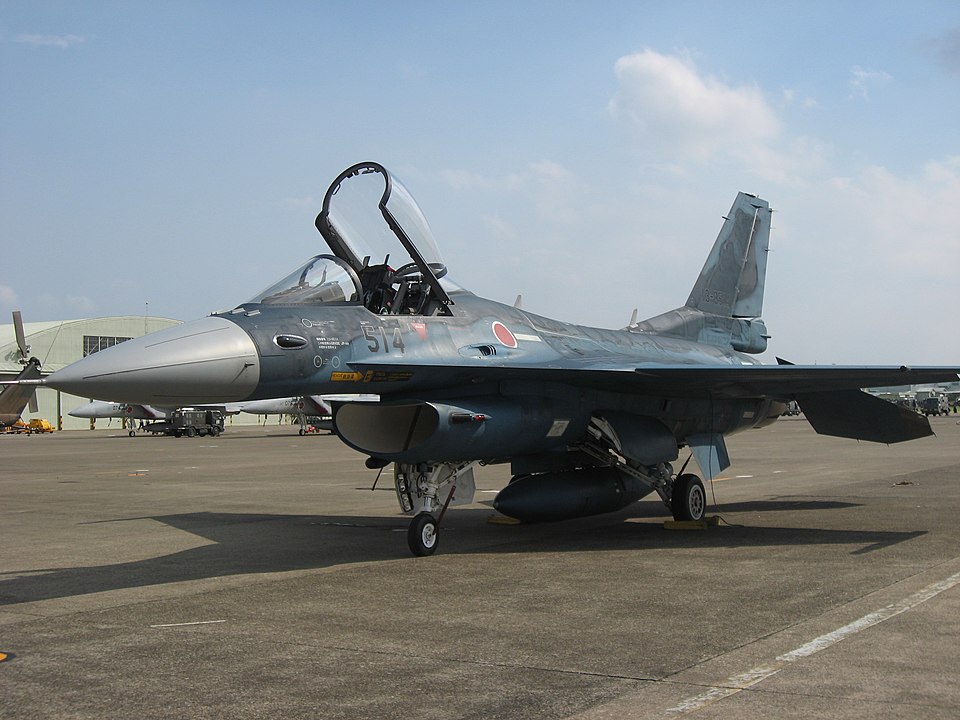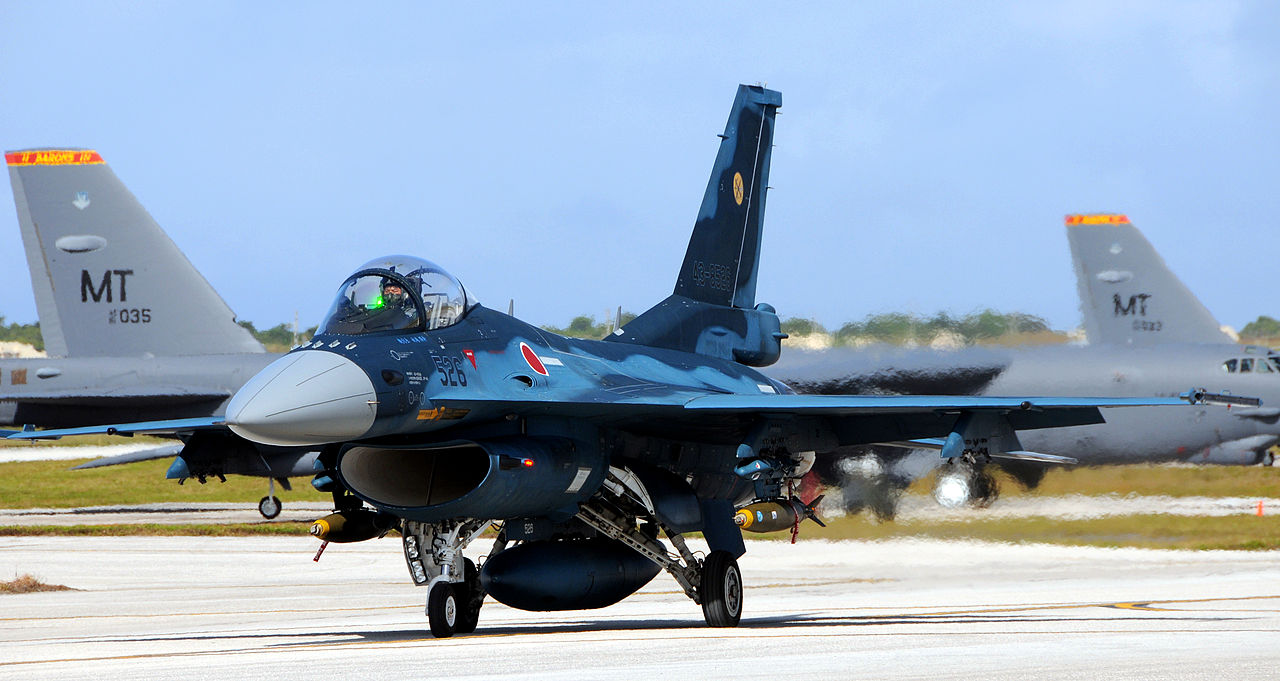
Born from the strategic partnership between Japan and the United States, the Mitsubishi F-2 Support Fighter stands as a testament to advanced technology transfer and cooperative production efforts.

The F-2, which owes much of its lineage to the renowned Lockheed Martin F-16 Fighting Falcon, was a product of the late 20th century, developed in the mid-to-late 1980s and produced in the early 1990s. It reflects a harmonious blend of Japanese innovation with American design philosophy.

Optimized for air-to-surface missions to safeguard Japan’s maritime territories, the F-2 also retains competent air-to-air capabilities.

Its introduction was a significant milestone for the Japan Air Self-Defense Force (JASDF), expanding their reach and modernizing their aerial combat capabilities.

The aircraft’s exceptional systems, such as the fly-by-wire flight control and integrated electronic warfare system, are a result of Japan’s commitment to advancing its defense technologies.

Marking a breakthrough in aerial warfare technology, the F-2 was the first production fighter equipped with an Active Electronically Scanned Array (AESA) radar, followed by the integration of Lockheed Martin’s Sniper® Advanced Targeting Pod in 2015.

Structurally, the F-2 boasts a wing area increased by approximately 25 percent over its F-16 predecessor.

This larger wing surface not only allows for enhanced internal fuel storage but also accommodates two additional weapon stations.

Fabricated with graphite epoxy using co-cured composite technology, the wings attest to Japan’s pursuit of maximizing strength while minimizing weight.

In terms of dimensions, the F-2’s fuselage extends 17 inches longer than the F-16’s, and its horizontal tails are noticeably larger.

The visual resemblance between the F-2 and F-16 is uncanny due to the technology-sharing agreement between the two nations. Yet, specific features set the F-2 apart.

For aviation enthusiasts, the most distinct difference is the canopy. The F-2 features a unique three-piece bubble canopy in contrast to the F-16’s two-piece design.

Other subtle differences include a longer nose and wider horizontal stabilizer, along with a standard drag chute positioned above the tailpipe.

With approximately 60 percent of the F-2 produced domestically, Japan has demonstrated a considerable level of industrial capability and expertise.

The remaining 40 percent, produced by the United States, underscores the importance of international cooperation in defense technology.
